VET APPROVED

The information is current and up-to-date in accordance with the latest veterinarian research.
Learn more »Click to Skip Ahead
Mice are cute and relatively easy to care for and can make great pets. They are also prolific breeders, with a female mouse potentially having 50 or more young in a single year. Whether you’re intentionally trying to breed mice to enhance the size of your mouse family or are monitoring for signs of an unwanted mouse pregnancy, knowing what to look for is beneficial.
A mouse is pregnant for around 3 weeks before it gives birth, which means there is a reasonable window to determine pregnancy. There are early signs to watch for that are evident within the first day or so, along with ones that occur during the late stages.
Here, we highlight six signs that you can look for when trying to determine whether a mouse is pregnant.

Mouse Pregnancy
A female mouse will become sexually active within the first 7 to 8 weeks of her life (though some female mice can be sexually active at 4 weeks of age), with males becoming sexually active at around the same age. If you’re looking to avoid unwanted pregnancies in your mice, you will need to separate young litters before they are 3–4 weeks old.
A female mouse will go into heat every 4 or 5 days and remain in heat for about 15 hours. During this time, male mice in the vicinity will try to mate with her. If the mating is successful, gestation lasts for a period of 20 to 22 days, and the litter, which consists of between three and 14 pups, will be delivered within 24 hours. The female can become pregnant with another litter even while nursing, but it is not advised that this be allowed to happen.
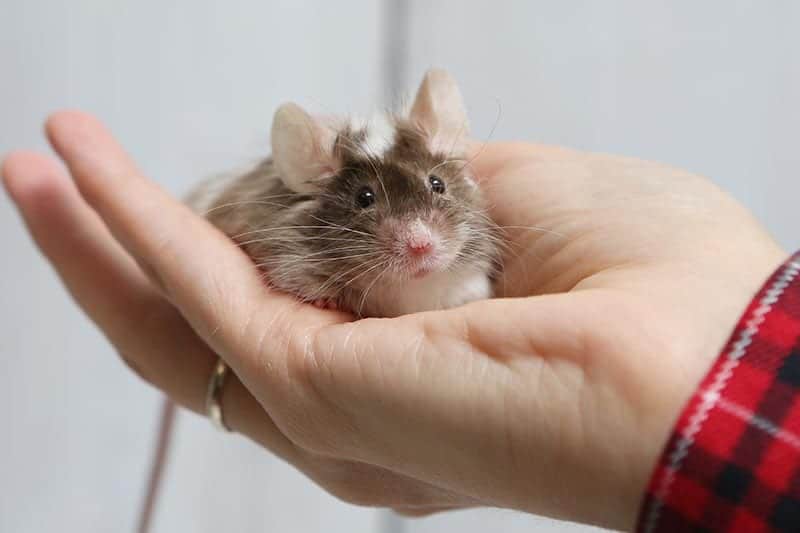

Signs to Look For
Whether unwanted or planned, mice pregnancy can occur at any time of the year, and you will need to have certain provisions and supplies ready for the arrival of the new litter. Determining pregnancy is important, and the following are signs that a mouse might be pregnant.
1. A Semen Plug
After mating, the male mouse leaves behind excess semen. This gathers at the junction of the female’s vagina and cervix and is meant to prevent further mating with other males. It can sometimes be seen at the opening of the vulva. The plug typically forms right after mating and will remain for 24 to 48 hours. The existence of a plug doesn’t necessarily mean that your mouse is definitely pregnant but it is a sign that mating has occurred. The plug may also be seen on the floor or in the bedding of the mouse’s cages.
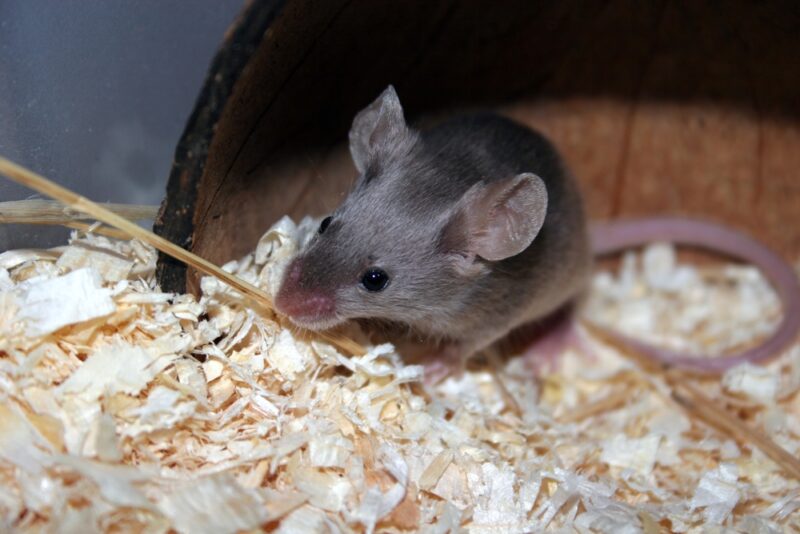
2. Nest Building
The next obvious sign is that the expectant mother will start nest building. Typically, she will look for a dark, secluded area and will move comfortable nesting material to this spot. She will spend a lot of time in the area, getting the nest exactly how she wants it.
3. Swollen Abdomen
It isn’t always possible to see a visible difference in a pregnant mouse, especially if she is only carrying a small litter. In other cases, the swollen abdomen is obvious. This usually starts to occur about 10 days after mating, but it could be as late as 14 days, which means you only have a few days of preparation left.
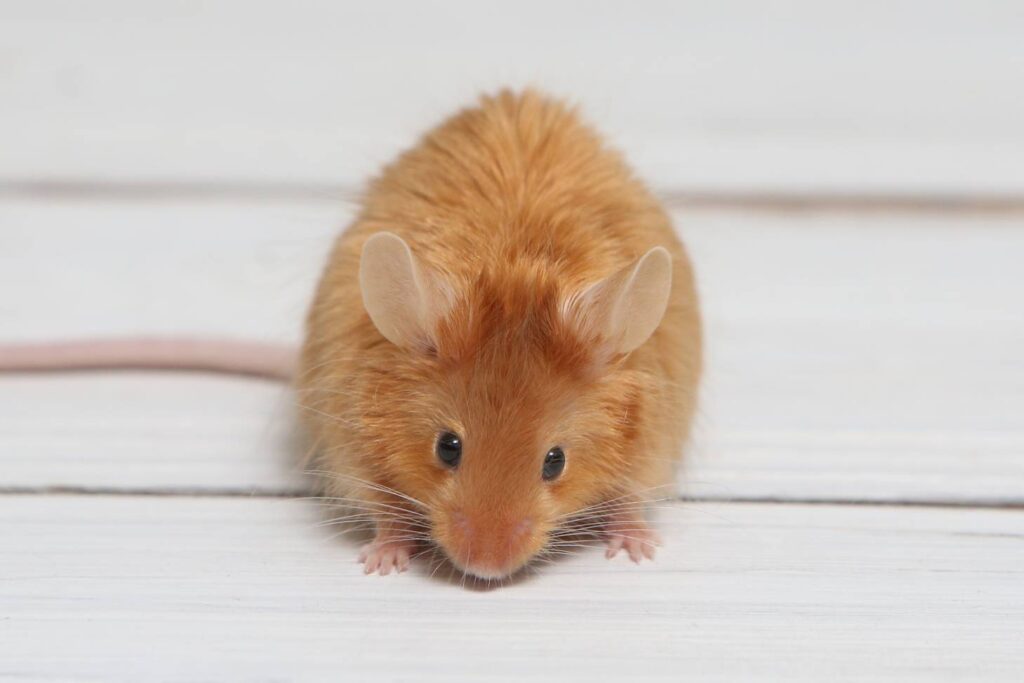
4. Prominent Nipples
As her belly grows, a pregnant mouse’s nipples may become more prominent. This is a sign that the birth is only a few days away.
5. Behavioral Changes
A pregnant mouse’s behaviors may change during the pregnancy. She may avoid other mice, especially males in the same cage. She may also start to collect and store food, typically in the new nest that she is creating. If you know your mouse’s typical behavior, you will be able to spot these differences more easily.
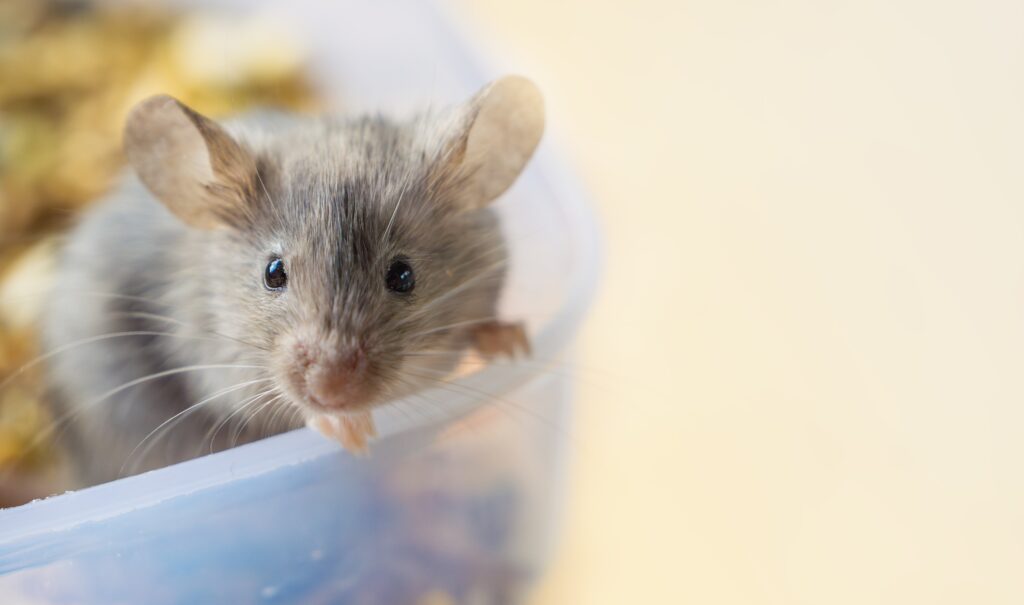
6. Increased Appetite
It can be difficult to judge exactly how much a mouse is eating, but if you are filling the food bowl more often or you notice your female mouse spending more time in and around the food bowl, this could be an indication of pregnancy.

Caring for the Mother and the Babies
If you haven’t already, you should remove the male mouse from the cage before the young are born. Although male mice aren’t known for eating their own young, you don’t want your mice mating and the mother getting pregnant again. Continuous pregnancies can cause a lot of physical and hormonal stress.
For the first week after your mouse has given birth, you shouldn’t disturb any of the family. The mother will provide for her young, and the only time you should go in the cage is to fill the food bowl and check that the water is fresh. By week two, the baby mice, or pinkies, will have grown fur and put on weight. They will look more like adults by this time. The babies should be weaned from their mother by the age of 3 to 4 weeks.
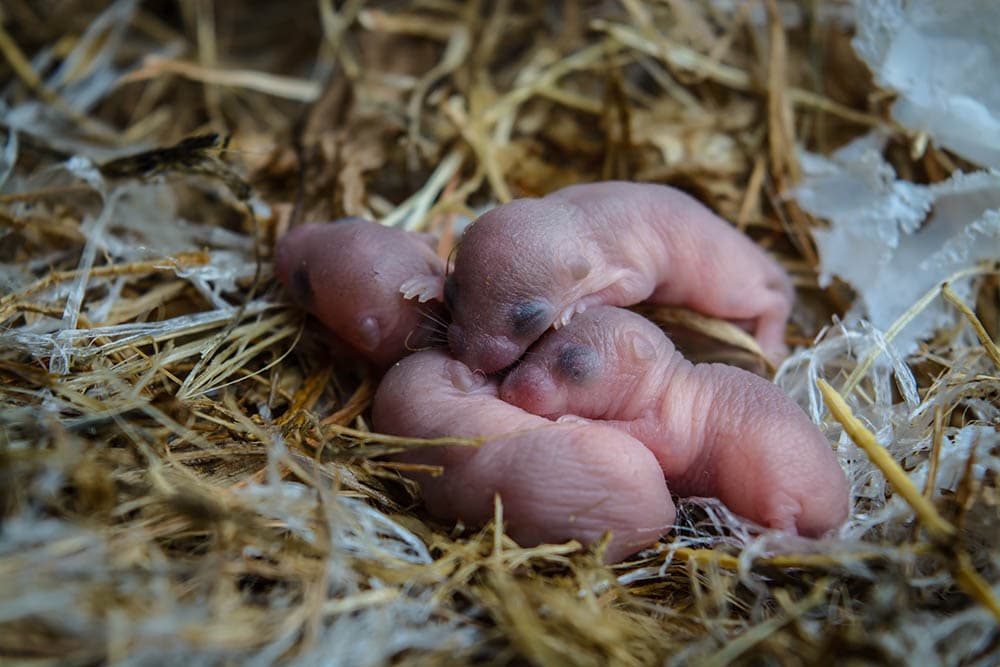

Conclusion
If you keep male and female mice together, your females will likely get pregnant. If you don’t separate them, this will continue to happen. Mice can breed at any time of the year, get pregnant while still nursing a litter, and can produce as many as 50 young in a single year. Look for the signs of pregnancy, and ensure that the mother and her young have everything that they need to be comfortable and healthy.
Featured Image Credit: iliuta goean, Shutterstock
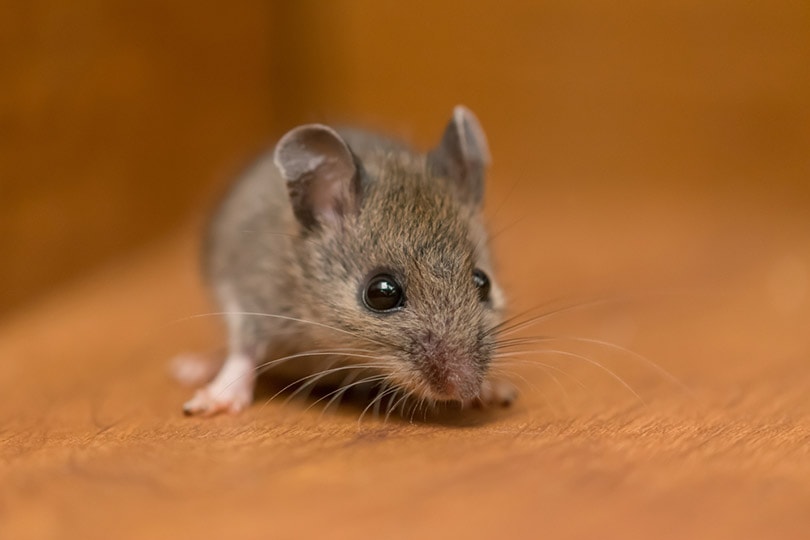





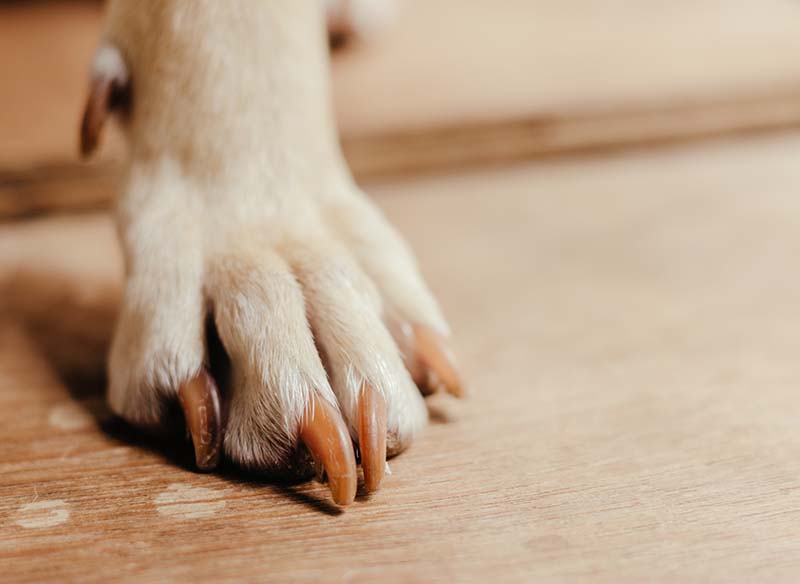

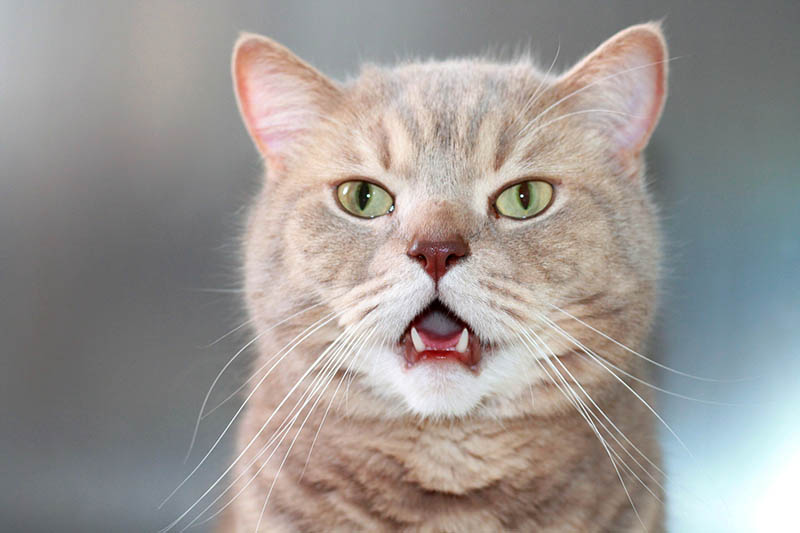


2 Responses
Hi! So I have a female that has shown signs of pregnancy such as nesting, eating more, and not leaving her “nest” a lot. I have done research and none of her nipples are prominent. She has a small belly well I mean it’s big on her though. So I’m not sure if it’s a pregnancy or if she’s just getting chubby lol. Do you think you could help me out?
Hello Callie,
Thank you for your question. The first thing you need to figure out is, whether your mouse has been in a contact with a male mouse. If there’s no male present, there is no way of the mouse being pregnant. If you have a male and saw a copulation plug in the enclosure, you could try comparing the mouse’s weight from before to the weight on day 12 after you saw the plug. Also keep in mind that mouse pregnancy lasts for about 20-21 days, so if your mouse is pregnant, you should know very soon for sure.
Another option is that the nest is used to keep themselves warm or to store their food. It is possible that mouse somehow feels that the winter is coming and she may be preparing herself by eating more, storing food and nesting.
The last option is to ask a exotic animal veterinarian in your area for an advice.
Hope this helps. Best of luck!